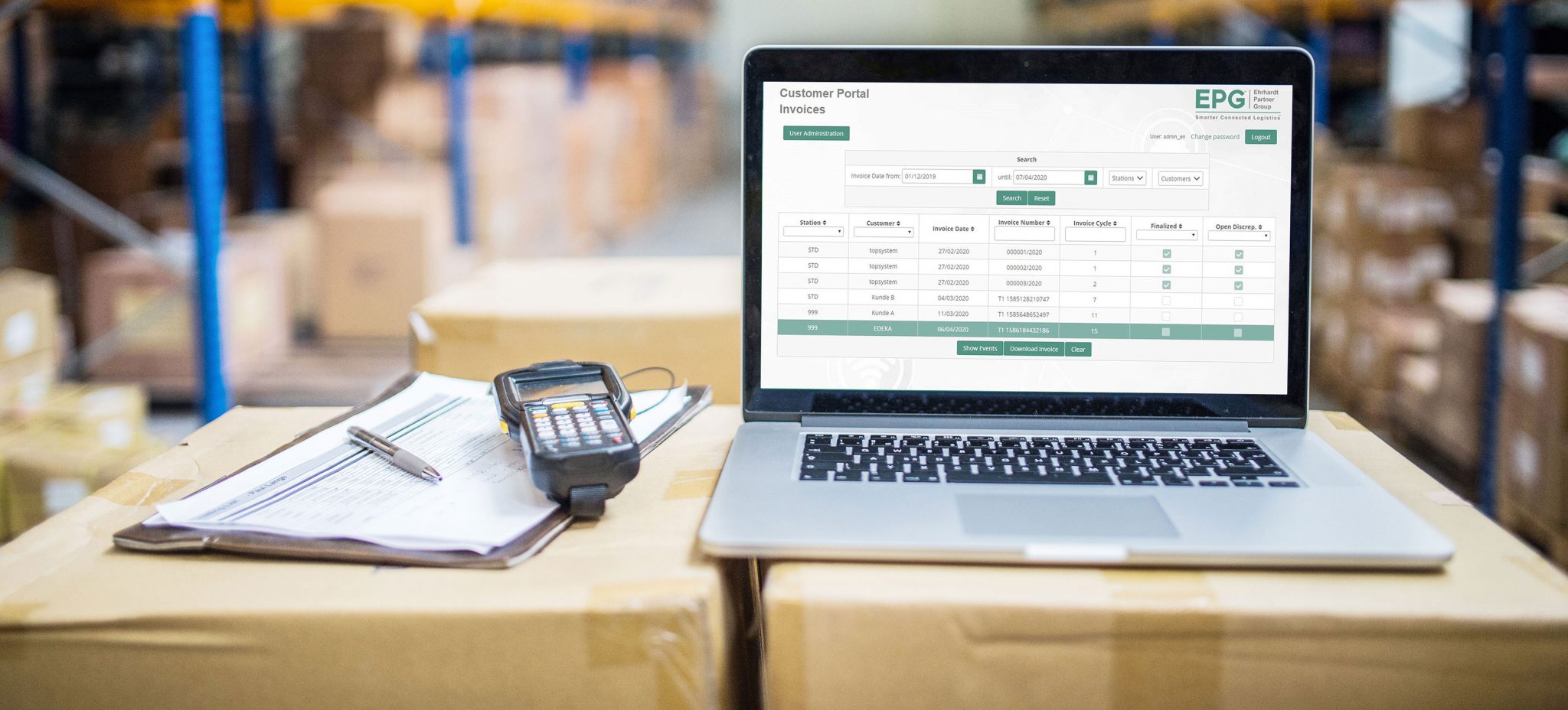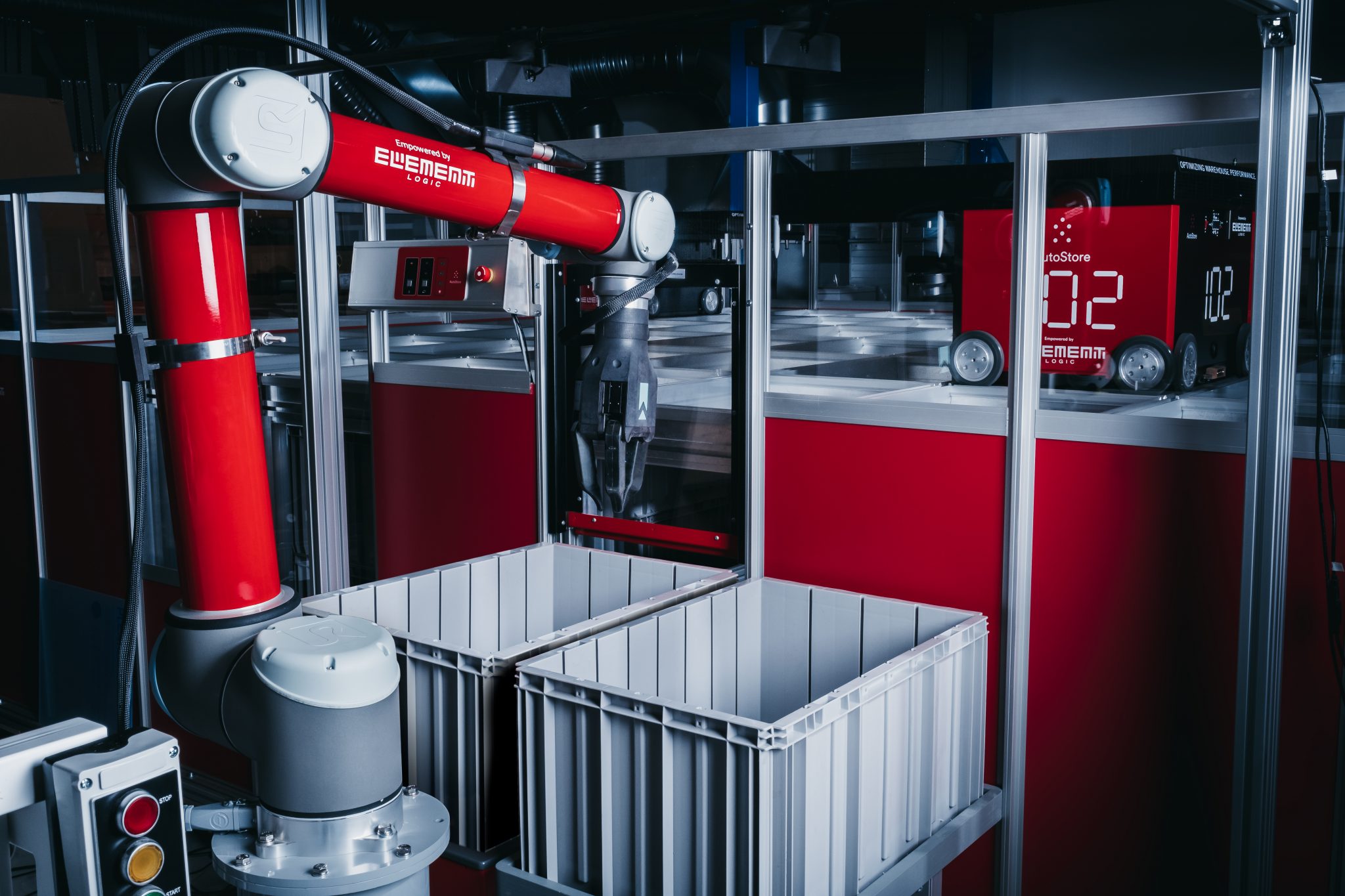EPG | CnB (Contract and Billing) is the comprehensive solution for digital contract and billing management for all logistics services. From contract creation through comprehensive records of performance to contract assignment and automatic invoicing, this tool provides powerful modules for all work and process steps. The main advantages: EPG | CnB ensures that all services under the agreed contracts are billed quickly and in full at the correct price. EPG | CnB also documents and reliably bills for any services provided beyond the original contract. Invoice verification by the customer is then carried out in a time-efficient manner in the customer web portal. Expensive adjustments of invoices and cancellations are therefore a thing of the past. With the verification process significantly shortened, invoices are paid faster.
Logistics service providers – whether in warehouse logistics, transport management, air freight or rail transport – provide a variety of services to their customers on a daily basis. This cooperation is based on contracts containing the services specifically agreed, including billing conditions – across a thick jungle of information and individual agreements. Errors can creep in quickly. Often, however, services that go beyond the contractual agreements are not documented at all – and, as a result, not billed after the fact. This results in complex invoice corrections and not infrequently in high monetary losses on the part of the logistics service providers.
Smart contract management: digital contracting
EPG | CnB digitizes and organizes management of contracts, including the agreed conditions and catalogues of services. This also includes creating specific customer and supplier contracts to the required degree of detail. EPG | CnB has an integrated contract template manager. Users can easily create their own custom templates for contract creation. Additional activities can also be documented quickly and securely and saved as an annex to the main contract The software automatically inserts the information in the correct place in the document based on the customer agreements. EPG | CnB also supports version management including tracking changes and it provides an internal approval process. The contract is then sent in advance to a defined group of recipients for verification via e-mail link before it is sent on to the customer. This minimizes the risk of errors from the outset.
Cross-supply chain record of performance and automated invoicing
EPG | CnB records all services performed along the supply chain for all areas. CnB records warehouse activities, such as goods incoming, stock transfers and picking, as well as services related to road, rail, sea and air, such as container unloading or toll charges. These are transmitted to the software or, alternatively, simply recorded directly on site using the mobile app. EPG | CnB then takes over the fully automated recognition and assignment of the service to the correct contractual conditions. This is based on a commercial rulebook, including price index clauses for automatic price adjustments and foreign currency management. The invoice is then generated digitally and automatically. The EPG | CnB system also supports automated billing runs. Generated invoice documents can be printed and automatically sent to the customer by email. The customer can then easily verify the invoice on the web portal, significantly reducing the number of customer complaints and queries and providing greater transparency throughout the process. Using EPG | CnB, customers reduce the complexity of their ERP system, as complex and expensive changes to processes are no longer necessary.







